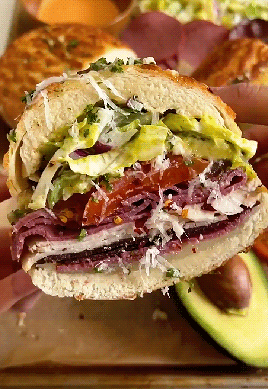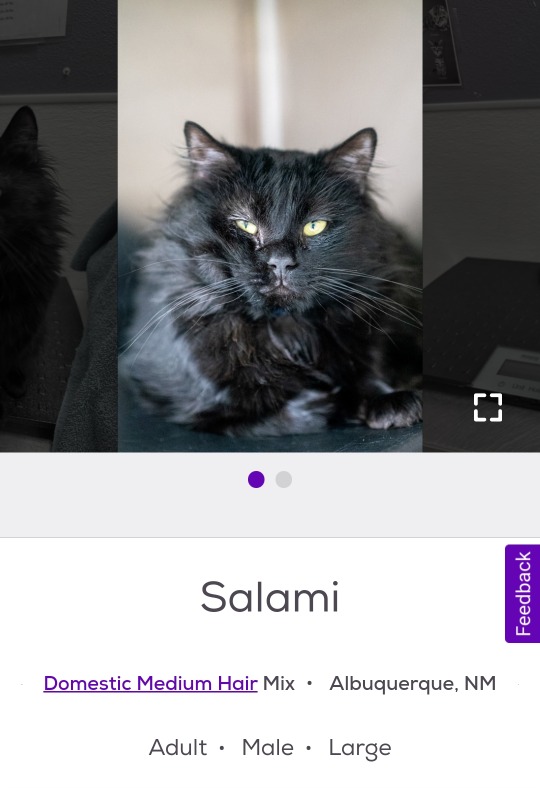#salami
Explore tagged Tumblr posts
Text

Soppressata pizza with Calabrian chiles and hot honey
#pizza#cheese#pepperoni pizza#dinner#food#salami#pepperoni#soppressata#italian food#meal#main course#spicy#spicy food#tasty#foodporn#delicious#cooking#food photography#foodgasm#recipes
637 notes
·
View notes
Text

Tortellini Pasta Salad
363 notes
·
View notes
Text


Grinder Sandwich (x)
#food#food porn#grinder sandwich#sandwich#gif#mine#italian#deli#recipe#recipes#food gif#avocado#salami#cheese
1K notes
·
View notes
Text


Stromboli
#ham#salami#sausage#Pepperoni#mushrooms#green bell pepper#recipe#food#food blog#recipes#delicious#yummy food
296 notes
·
View notes
Text

Italian Salad Sandwich
#food#recipe#lunch#sandwich#pesto#arugula#basil#cheese#havarti#provolone#pork#salami#prosciutto#peppers
304 notes
·
View notes
Text

398 notes
·
View notes
Text

Prosciutto, Smoked Turkey, Genoa Salami, Mortadella, Spicy Genoa, Lettuce, Sub Sauce, Tomato, Muffaletta, Pickles, Swiss, Mustard, Mayo, Sesame Seed Hoagie Roll (via Instagram)
240 notes
·
View notes
Text
Art dump for @geriaunelysk !!



I really enjoy the works you do so here’s some stuff I made!
Mainly all Cursed Lovers because those redesigns were… mmmWOOOOOAAHHHHH SO GOOD!!! I LOVE THEM!!! I need to do some fanart of siren but it’s the skeleton anatomy that does it for me 😭 Haven’t drawn skeletons in forever, skills are non-existant… I HAVE drawn something but it was left there, naked without paint… No lineart just rough sketch did in a few minutes so… Hum… yeah…

I’m probably going to finish it during march break though! (Along with the other painting)
Anyway yeah :D Your works are one of a kind in the undertale community, I’m yet to see something similar to what you do! /pos Take care, can’t wait to see what you do next! ^^
#art#drawing#traditional art#sketch#painting#dry pastel#cool artist#fan art#fanart#reaper sans#Geno sans#harpies#werewolfsoup#cursed lovers#siren#utau#silly#cute#sans aus#undertale au#undertale#no idea if I can say this is for my mutual#salami#salamix
57 notes
·
View notes
Text

Granny producing her homemade 'nduja in Spilinga, Calabria, Italy
'Nduja a spicy, spreadable pork sausage from the Calabria region of Italy. It is a salume that comes from the area around of Spilinga.
It is made with meat from the trimmings from various meat cuts and fatback, and sun-dried Calabrian chilli peppers, which give 'nduja its characteristic fiery taste.
Photo by Mario Greco
Follow us on Instagram, @calabria_mediterranea
#'nduja#calabria#italy#italia#south italy#southern italy#mediterranean#spicy#spicy food#meat#sausage#salumi#salami#chilies#chili#italian#europe#italian food#nonna#granny#grandma#homemade#homemade food#nduja
34 notes
·
View notes
Text

How to make the ultimate wine and cheese board on a budget
#cheese#wine#charcuterie board#cheese board#food#appetizer#wine and cheese#brie#blue cheese#salami#grapes#crackers#bread#tasty#foodporn#delicious#food photography#foodgasm#recipes#cooking
300 notes
·
View notes
Text

Salami-Mozzarella Tortellini Pasta Salad
96 notes
·
View notes
Text
none of you will ever love salami as much as i love salami
32 notes
·
View notes
Text

24 notes
·
View notes
Text

Grinder Salad with Simple Mayonnaise Dressing
#food#recipe#lunch#dinner#salad#pepperoni#salami#provolone#cheese#lettuce#onions#tomatoes#garlic#oregano#parmesan#mayonnaise#dressing#gluten free
224 notes
·
View notes

